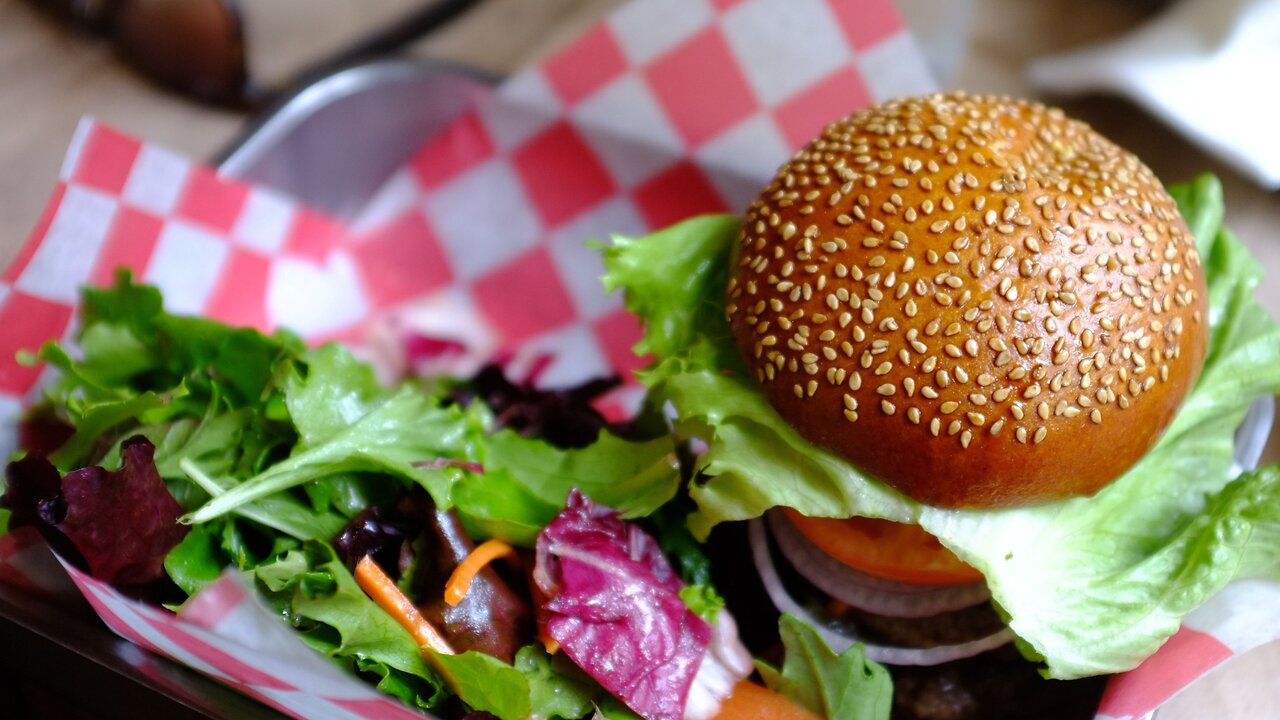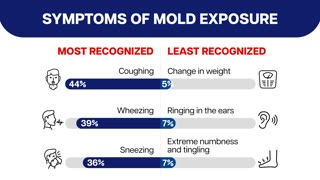Premium Only Content

Majority of Americans turn to social media for mealtime inspiration
In today’s fast-scrolling world, what's on your plate might just depend on what's on your feed.
A new study of 5,000 U.S. adults found 77% of Americans now make mealtime decisions based on what’s trending online. And many believe fries are at the top of many trends.
Commissioned by McCain and conducted by Talker Research reveals that for many, food content isn’t just entertainment — it’s inspiration.
The poll found that nearly everyone (93%) regularly encounters food on social media, and food-related posts make up almost 40% of their feeds. More than half (58%) have saved enough viral recipes to fill a cookbook of their own.
Platforms once known for dance challenges and memes are now home to amateur chefs and late-night snackers. From discovering cooking hacks (56%) to exploring new dishes (44%) and prepping their first viral meal, the kitchen has officially gone digital.
One standout star for many are loaded fries — 72% of Americans who find viral recipes online say they’ve seen this decked-out dish online, and millennials prove especially devoted (76%).
Other viral staples, like Caesar salad with fries — a.k.a. the now-iconic “Girl Dinner” — and espresso martinis have also etched themselves into the social food canon (30% and 17%, respectively). Pairing martinis and fries are also a hit for 8% of respondents.
But it’s fries that reign supreme in shareability and viral potential: 69% of respondents say fries are the most likely to blow up online, beating out chicken (67%), pasta (63%), and pizza (62%).
“Food content is so popular because it’s a creative outlet and a shared language,” said Tracy Hostetler, vice president marketing, North American Potato. “Fries are the perfect canvas — they’re familiar, flexible, and loved by everyone. That’s what makes them so viral and so unifying.”
The survey also found food culture today is about more than what looks good on screen — it’s about connection.
Six in 10 Americans say they regularly share food with friends in person, and nearly half (47%) also pass along recipes or food content digitally.
Fries again take center stage, nearing the top the list of favorite shareable foods — second only to pizza (71% and 73%, respectively). Chips, wings, and dips round out the table.
For the 6% of people who enjoy a little chat over chow — or “this and yap” — fries (72%), pizza (61%), and chips and dip (61%) were go-to favorites. Respondents say this is because fries are easy to love (66%), hard to argue with (56%), and nearly impossible to resist (44%).
Of course, even shared snacks come with their own code of conduct. Sixty-eight percent enforce a no double-dipping rule, while 43% agree that asking before grabbing the last fry is sacred etiquette.
“Whether you’re swapping fries from the same basket or trading viral recipes in the group chat, food connects us,” added Tracy. “Fries are a food that invite everyone to the table — whether that table is physical or digital.
“From ‘girl dinner’ spreads to Friday-night ‘this and that’ hangouts, food culture is evolving—and fries are at the center of it all. McCain is proud to fuel these moments of togetherness with fries that are made to be shared, remixed, and loved.”
Survey methodology:
Talker Research surveyed 5,000 American adults, with 100 respondents from each state; the survey was commissioned by McCain and administered and conducted online by Talker Research between May 28 and June 5, 2025.
We are sourcing from a non-probability frame and the two main sources we use are:
● Traditional online access panels — where respondents opt-in to take part in online market research for an incentive
● Programmatic — where respondents are online and are given the option to take part in a survey to receive a virtual incentive usually related to the online activity they are engaging in
Those who did not fit the specified sample were terminated from the survey. As the survey is fielded, dynamic online sampling is used, adjusting targeting to achieve the quotas specified as part of the sampling plan.
Regardless of which sources a respondent came from, they were directed to an Online Survey, where the survey was conducted in English; a link to the questionnaire can be shared upon request. Respondents were awarded points for completing the survey. These points have a small cash-equivalent monetary value.
Cells are only reported on for analysis if they have a minimum of 80 respondents, and statistical significance is calculated at the 95% level. Data is not weighted, but quotas and other parameters are put in place to reach the desired sample.
Interviews are excluded from the final analysis if they failed quality-checking measures. This includes:
● Speeders: Respondents who complete the survey in a time that is quicker than one-third of the median length of interview are disqualified as speeders
● Open ends: All verbatim responses (full open-ended questions as well as other please specify options) are checked for inappropriate or irrelevant text
● Bots: Captcha is enabled on surveys, which allows the research team to identify and disqualify bots
● Duplicates: Survey software has “deduping” based on digital fingerprinting, which ensures nobody is allowed to take the survey more than once
It is worth noting that this survey was only available to individuals with internet access, and the results may not be generalizable to those without internet access.
-
 1:43
1:43
SWNS
8 days agoNearly half of homes in US may have hidden mold
20 -
 LIVE
LIVE
Glenn Greenwald
3 hours agoJournalist Ken Klippenstein on Trump's New Domestic Terrorism Memo; Glenn Takes Your Questions on Bari Weiss's CBS Role, His Interview with Nick Fuentes, and More | SYSTEM UPDATE #526
10,872 watching -
 41:36
41:36
MattMorseTV
1 hour ago🔴Portland just made a BIG MISTAKE.🔴
1.63K13 -
 LIVE
LIVE
LFA TV
21 hours agoLIVE & BREAKING NEWS! | FRIDAY 10/3/25
1,058 watching -
 1:06:26
1:06:26
BonginoReport
4 hours agoPortland Protesters Plan Nude Bike Ride To Own Trump - Nightly Scroll w/ Hayley Caronia (Ep.148)
60.8K59 -
 LIVE
LIVE
Nerdrotic
5 hours ago $5.41 earnedHollywood is TARIFFied, James Gunn Attacks Fans, Bill Burqa, RoP is Doomed | Friday Night Tights 374
1,652 watching -
 UPCOMING
UPCOMING
Sarah Westall
1 hour agoGlobal Economic Picture Rapidly Changing as Chaos Continues to Drive Uncertainty w/ Nomi Prins
3.6K -
 LIVE
LIVE
The Mike Schwartz Show
2 hours agoTHE MIKE SCHWARTZ SHOW Evening Edtion 10-03-2025
4,023 watching -
 1:47:22
1:47:22
iCkEdMeL
3 hours ago $1.49 earnedFlag Burning, Antifa & Arrest: Journalist Nick Sortor Detained in Portland Chaos
6.33K8 -
 LIVE
LIVE
SpartakusLIVE
2 hours ago#1 All-American HERO with LUSCIOUS hair and AVERAGE forehead brings Friday Night HYPE
223 watching
